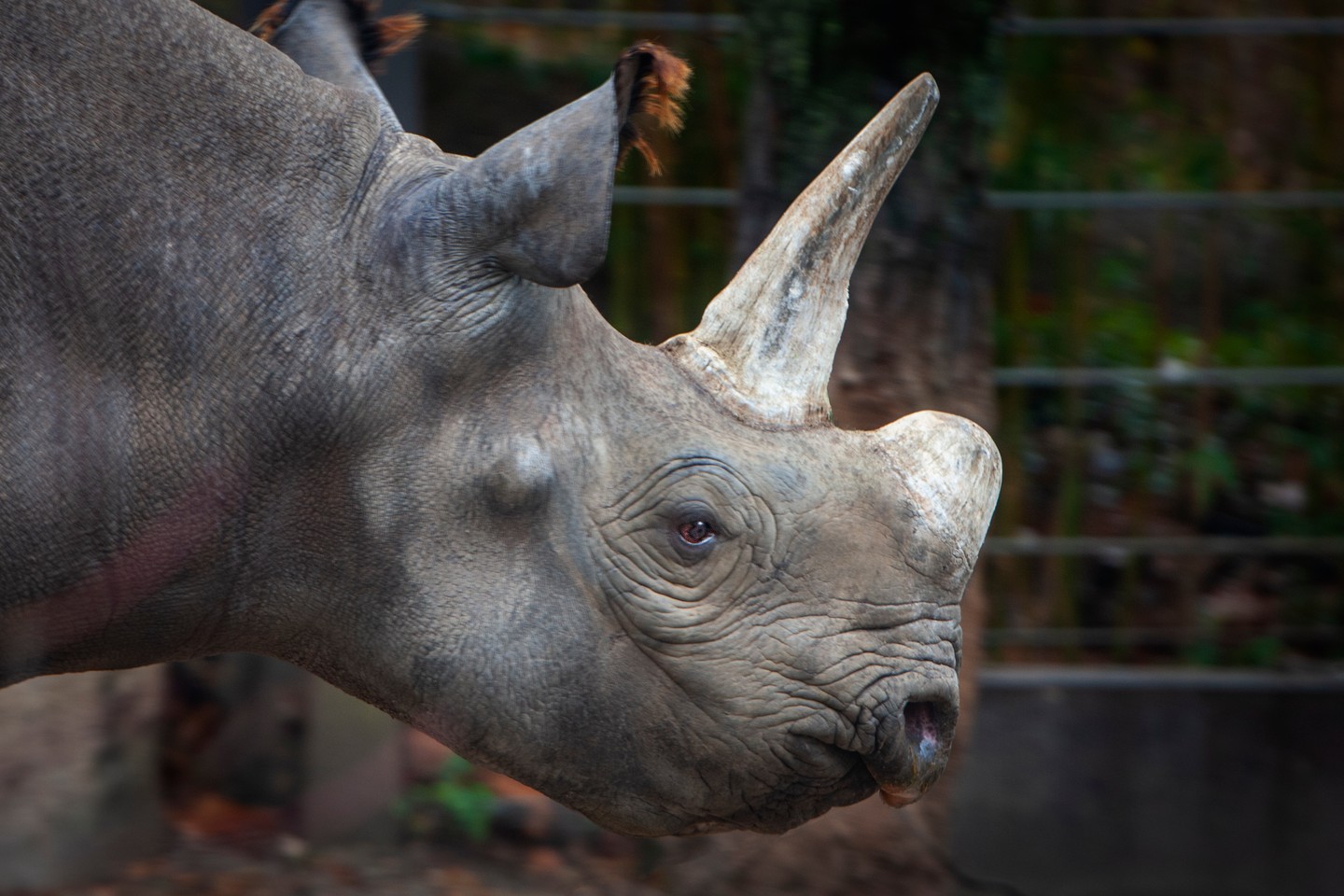- Overview of the five remaining rhino species and their current habitats.
- Conservation efforts led by institutions like the Saint Louis Zoo.
- Composition and significance of rhino horns.
- Rhinos’ impressive physical capabilities.
- Major threats to rhino survival, including poaching and habitat loss.
The majestic rhino, a symbol of strength and resilience, has witnessed dramatic shifts in its population over the centuries. Once, nearly 100 rhino species roamed the Earth, but now only five remain. These species are a testament to both nature’s diversity and vulnerability. Currently, two of these species—black and white rhinos—are found in Africa, while the Sumatran, greater one-horned, and Javan rhinos reside in Asia. This narrative embarks on an exploration of their lives, challenges, and the crucial conservation movements aimed at ensuring their survival.
Institutions like the Saint Louis Zoo have been at the forefront of rhino conservation. Since 1938, the zoo has cared for black rhinos, marking significant milestones with nine rhino births. Today, the zoo is home to Ajabu, a male, and Kati Rain, a female, showcasing the zoo’s continued commitment to rhino preservation. Such conservation efforts are vital and offer hope for the future of these magnificent creatures. The zoo’s work plays a critical role in education and fostering global awareness. It demonstrates how coordinated management of captive rhino populations can assist in maintaining genetic diversity and support broader conservation goals.
The rhino’s horn is a distinctive feature, not made of bone but keratin, the same substance as human hair and nails. This composition imparts an intriguing aspect to the rhino’s biology, often misunderstood and misrepresented. The horn’s value, wrongly attributed in various traditional beliefs, has led to severe exploitation. Addressing these misconceptions through education is a critical step in changing perceptions and reducing poaching.
Beyond their strength, rhinos possess remarkable speed and agility. Despite their massive bodies, these animals can run at speeds of 30 to 40 miles per hour. This capability helps them evade predators and navigate their habitats efficiently. Understanding these natural abilities highlights the complexity of their behavior and adaptations, essential knowledge for developing effective conservation strategies.
However, rhinos face significant threats from poaching and habitat loss. The demand for rhino horns and expanding agricultural activities severely impact their populations. In Asia, the destruction of rainforests for unsustainable palm oil farming poses a substantial threat to Sumatran and Javan rhinos. Palm oil is ubiquitous, found in roughly half of daily products, from cosmetics to food items. Supporting companies committed to sustainable palm oil and promoting eco-friendly practices are crucial steps in mitigating habitat loss. Engaging with these conservation efforts empowers individuals to contribute positively and make informed choices.
The narrative of rhinos is one of both struggle and hope. While they face daunting challenges, the resilience of conservation programs provides a path towards sustainable coexistence. By supporting education, ethical consumerism, and scientific research, the global community can play a crucial role in the ongoing endeavor to protect and preserve the remaining rhino species on our planet.
*****
Source Description
In honor of 5/5, here are FIVE facts about the FIVE remaining rhino species on our planet.
1. Nearly 100 rhino species once roamed throughout the world. Now just 5 species remain. Two of the remaining species live in Africa (black and white rhinos,) and three live in Asia (Sumatran, greater one-horned and Javan rhinos.)
2. The Saint Louis Zoo has cared for and managed Black Rhinos since 1938 and since then has welcomed nine rhino births! Today, we’re home to one male, Ajabu, and one female, Kati Rain (both pictured.)
3. Rhino horns are made of keratin, which is the same protein that makes up hair and fingernails.
4. Rhinos are speed machines and can run up to 30-40 miles per hour.
5. Poaching and habitat loss are two major threats to rhino species survival. For Sumatran and Javan rhinos, unsustainable palm oil farming where forest is unnecessarily destroyed is one major cause of habitat loss. Palm oil is the most widely used edible oil and is found in around half the products we use every day. An easy way you can help rhinos is to support companies that are making the commitment to use sustainable palm oil. Learn more at stlzoo.org/palmoil.


